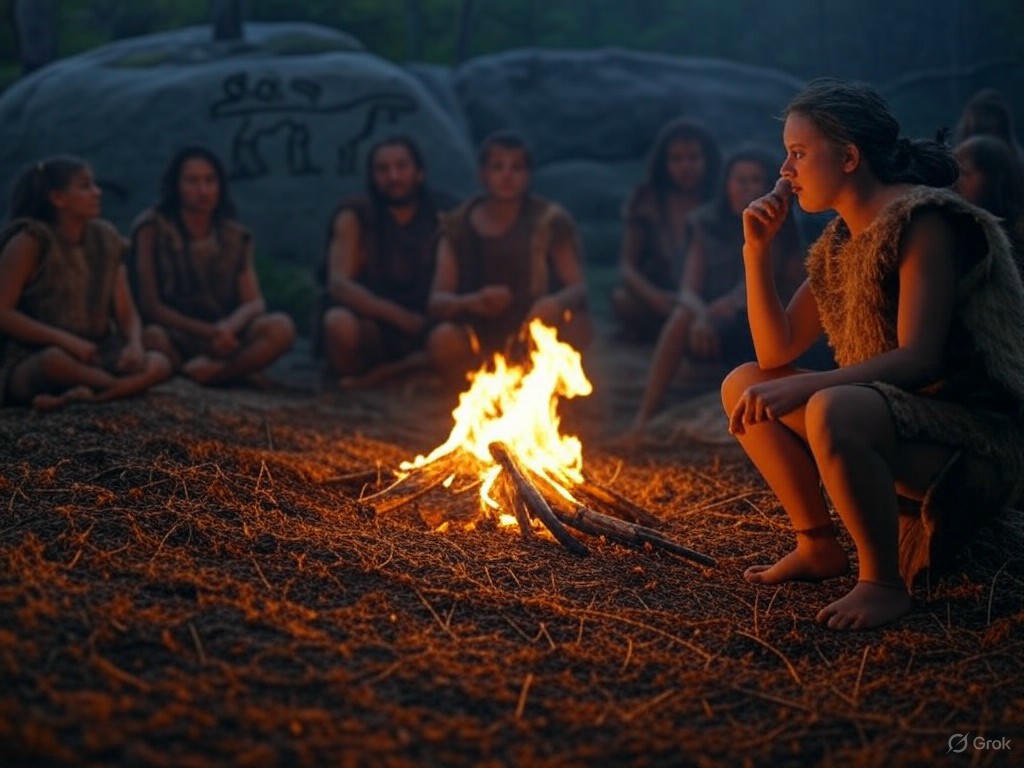Fire’s First Purpose: Beyond the Hearth and Home
The mastery of fire stands as one of humanity’s greatest milestones, a turning point that shaped the trajectory of our species. For centuries, the prevailing assumption has been that early humans harnessed flames primarily for cooking, transforming raw food into more digestible and nutritious meals. However, a groundbreaking theory is challenging this long-held belief, suggesting that the initial use of fire may have served a far different and more social purpose. This emerging perspective invites us to rethink the very origins of human innovation and community.
Recent archaeological findings and analyses propose that fire’s first role wasn’t tied to sustenance but to connection. Researchers argue that early humans, living in harsh and often perilous environments, may have used fire as a tool for safety and social bonding long before it became a culinary aid. Picture a group of ancient ancestors huddled around a flickering flame at night, the glow warding off predators while fostering a sense of togetherness. The warmth and light could have provided a sanctuary, a space where stories were shared, relationships deepened, and cultural foundations were laid. This theory posits that fire was less about physical survival through food and more about emotional and communal survival, creating the earliest form of a ‘home’—even if that home was just a circle of stones and embers.
Evidence supporting this idea comes from ancient sites where charred remains and ash deposits show no clear link to food preparation. Instead, these fire pits often appear in central locations within early human settlements, suggesting a gathering point rather than a kitchen. Some scientists speculate that the act of controlling fire might have been a display of power or ingenuity, a way to establish leadership or group identity. Imagine the awe and reverence inspired by the first person to tame a wild flame—such a feat could have elevated their status within the tribe, weaving fire into the fabric of social hierarchy. Furthermore, the psychological comfort of light in the darkness may have played a role in reducing fear, allowing early humans to explore new territories or stay active after sunset, thus expanding their horizons both literally and figuratively.
As this theory gains traction, it opens up fascinating questions about human evolution. If fire was indeed a social tool before it was a practical one, what does this say about the priorities of our ancestors? Were emotional bonds and collective strength valued over individual sustenance? While cooking undoubtedly became a critical use of fire later on, this new perspective reminds us that innovation often stems from unexpected needs. The flame that once lit up a cold night may have ignited something even greater—the spark of human connection. As researchers continue to uncover the past, we are left to marvel at how something as elemental as fire could hold such profound meaning, shaping not just our diets, but our very sense of belonging.


